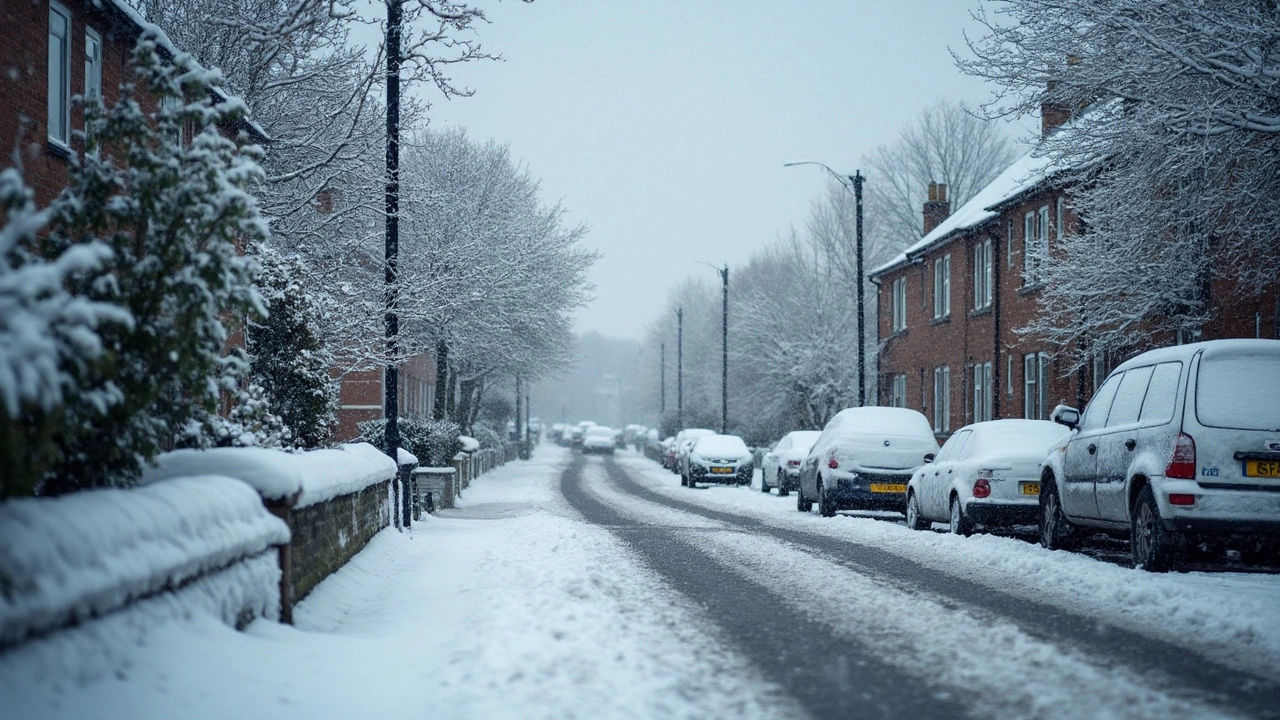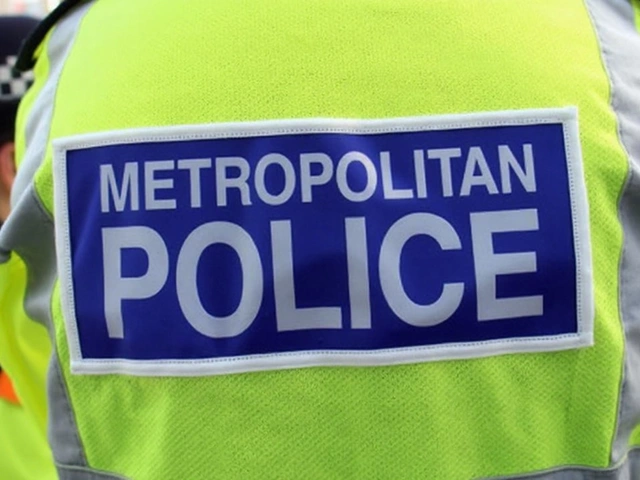Snow Warning: What You Need to Know Right Now
If you’ve ever been caught in a sudden snowstorm, you know how quickly plans can go sideways. A snow warning is the signal that heavy snow, icy roads, or low visibility are on the way. It’s not just a heads‑up – it’s a call to act, whether that means staying home, packing an emergency kit, or checking your route before you drive.
How to Get Real‑Time Snow Alerts
Most weather services send warnings via phone apps, text messages, or email. Sign up for alerts from the Met Office, your local council, or a trusted weather app. Enable push notifications so you get the message the moment a warning is issued. Many navigation apps also flag dangerous road conditions, so keep them open while you’re on the move.
Social media can be helpful, too. Follow local traffic police or road authority accounts – they often post live updates about road closures, black‑ice patches, and safe detours. A quick glance at these feeds can save you from a costly mistake.
Practical Tips to Stay Safe in Snow
First, think about whether you need to travel at all. If the warning is severe, consider working from home or postponing non‑essential trips. If you must go out, give yourself extra time – routes take longer and accidents happen more often when drivers rush.
Prepare your vehicle. Check the tyre tread, keep the tyre pressure right, and switch to winter tyres if you live in a region that gets regular snow. Fill the fuel tank at least half full – you don’t want to be stranded with a dead battery in freezing weather.
Carry an emergency kit. A basic kit includes a blanket, extra warm clothing, water, non‑perishable snacks, a flashlight, a small shovel, and a bag of sand or kitty litter for traction. Even a few seconds of waiting for help can feel endless if you’re not prepared.
When you’re on the road, drive slower than usual and increase the distance between you and the car ahead. Braking hard on ice can lock wheels and cause a slide. If you start to skid, steer gently into the direction you want the front of the car to go – that’s the easiest way to regain control.
Watch out for black ice, especially on bridges, overpasses, and shaded sections of the road. It looks like a wet patch but is actually a thin layer of ice. Treat any glossy surface with extra caution and avoid sudden steering changes.
Keep your headlights on low‑beam in heavy snowfall to improve visibility without blinding other drivers. Use your windshield wipers on the highest setting and make sure the washer fluid is rated for sub‑zero temperatures.
If conditions become too dangerous, pull over safely, turn on your hazard lights, and stay inside the vehicle. Call a friend or family member to let them know where you are. In many places, roadside assistance can be reached via a single button in the car’s infotainment system.
When you finally reach your destination, wipe down any snow that has collected on your roof. A heavy load of snow can shift while you’re parked and cause damage.
Remember, a snow warning is more than a weather forecast – it’s your cue to act smart and stay safe. By staying informed, preparing your vehicle, and following a few simple safety steps, you’ll be ready for whatever winter throws your way.
Yellow Weather Alert in Scotland: Snow and Ice Warning for Midlothian and West Lothian
A weather alert for snow and ice has been announced for Midlothian and West Lothian. Anticipate wintry conditions due to a mix of cold air and rain, with possible snow up to 5cm in hilly regions. Health advice is issued for vulnerable groups to guard against icy conditions.









